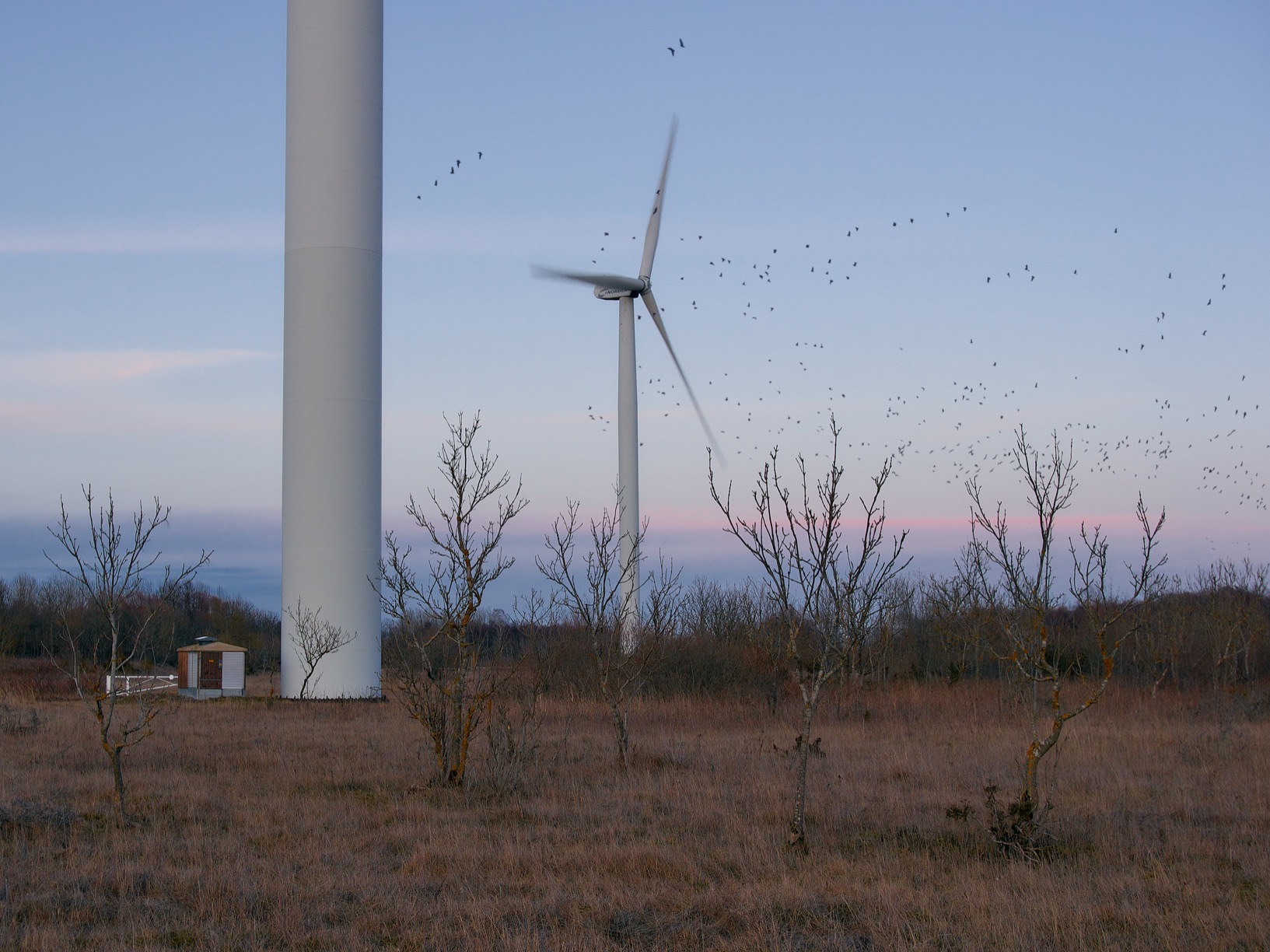As of the end of 2019, wind turbines accounted for slightly more than half of the production capacity of renewable electricity
Wind is a renewable natural resource and a wind energy ecosystem service that humanity has been exploiting for thousands of years. The widespread use of wind energy can partly reduce the need to burn fossil fuels and consequently reduce CO2 emissions. As wind energy is an unmanageable form of energy and there is no global capacity to store wind energy, other types of controllable production capacities are also needed to ensure security of supply.
The construction of an onshore wind farm will change the quantities and shares of ecosystem services provided by landscapes. Landscape functionality can be characterised by the number of the ecosystem services offered, such as the hotspots/cold spots [1] of the ecosystem services according to IRENES. When wind energy is produced in the hotspots of ecosystem services, such as old-growth forests, the provision of other services is likely to decrease and the state of the ecosystem will change. For example, habitat supply, noise reduction, and/or recreational opportunities may be reduced. In the cold spots of the ecosystem services, the functionality of the landscape may increase significantly (e.g. the supply of renewable energy will increase) or the resulting wind energy will outweigh the marginal reduction of other services (e.g. the area used for food or feed production on agricultural land will decrease).
A multifunctional landscape can simultaneously provide different types of ecosystem services, including different types of renewable energy. The decision on the (joint) use of different terrestrial ecosystem services, including wind energy production, is made in the comprehensive plans of the rural municipalities. The comprehensive plans also prevent the construction of wind farms on bird migration routes and other ecologically important places. In order to make efficient use of the potential of wind energy production, the synergies between services must be exploited as much as possible, especially in cold spots. Elsewhere, it is appropriate to take compensatory measures to minimise service interactions and maintain the state of ecosystems.
Offshore wind farms will be built in Estonia on the basis of the maritime spatial plan [2]. As with onshore wind farms, it is important to minimise the interaction of wind energy with other ecosystem services. Thus, efforts are made to avoid sensitive habitats and the migratory corridors of birds and bats when choosing the sites of wind farms. A balance between wind farming and the services of providing fishing/food or aesthetic pleasure is also sought.
As at the end of 2019, wind turbines accounted for slightly more than half of the production capacity of renewable electricity [3]. When used wisely, wind farms contribute to the mitigation of climate change and do not pose additional challenges to nature, including nearby people.

Last modified: 13.01.2022
__________________________________________________
[1] https://www.keskkonnaagentuur.ee/irenes
[2] Eesti mereala planeering http://mereala.hendrikson.ee/
[3] http://www.taastuvenergeetika.ee/taastuvenergia-aastaraamat-2019